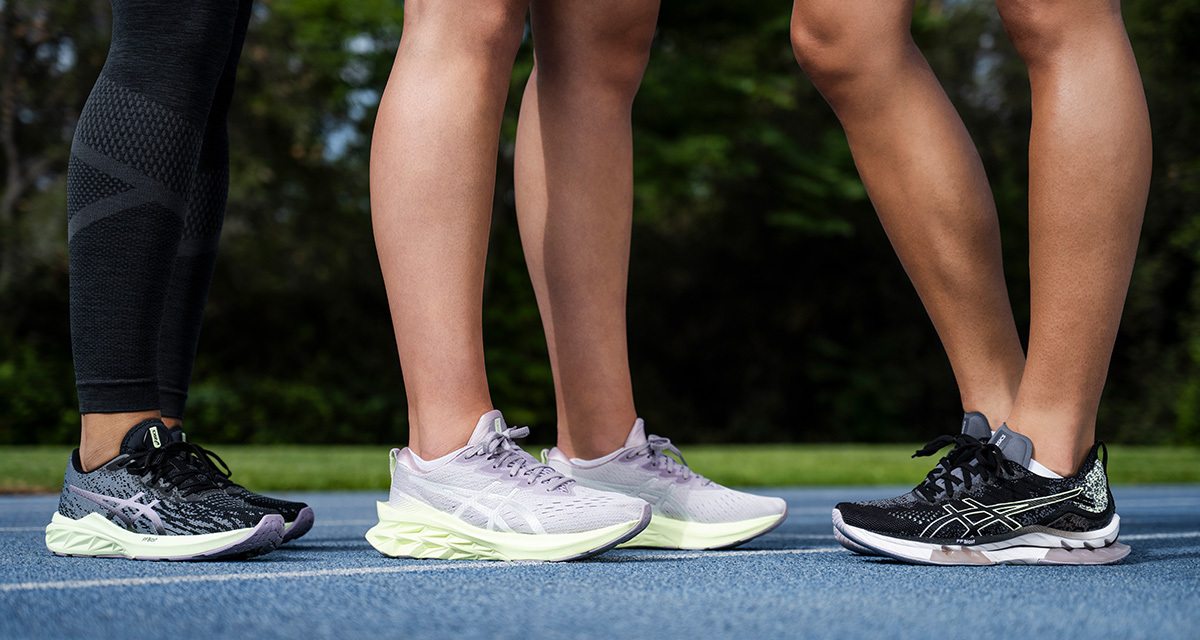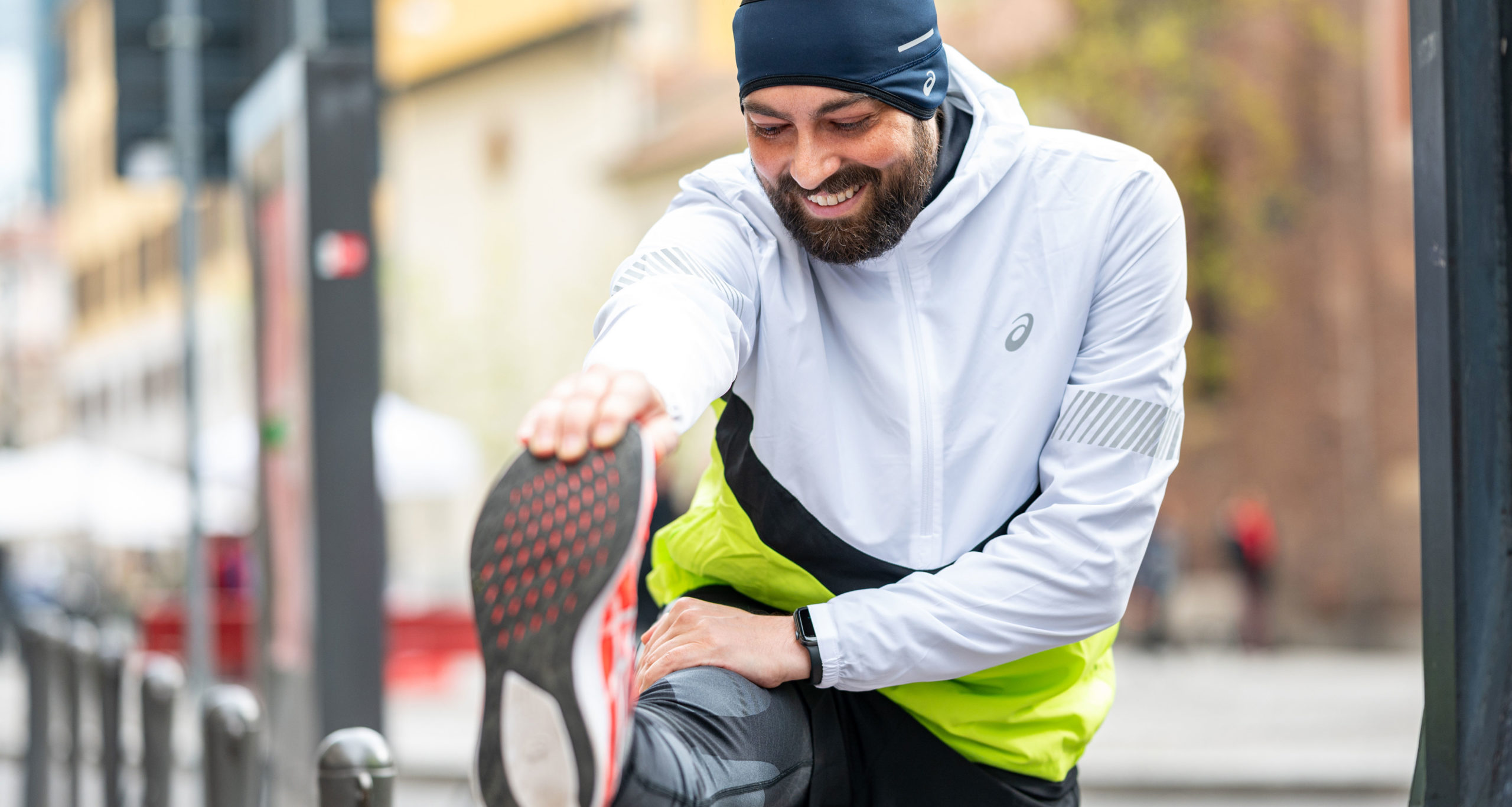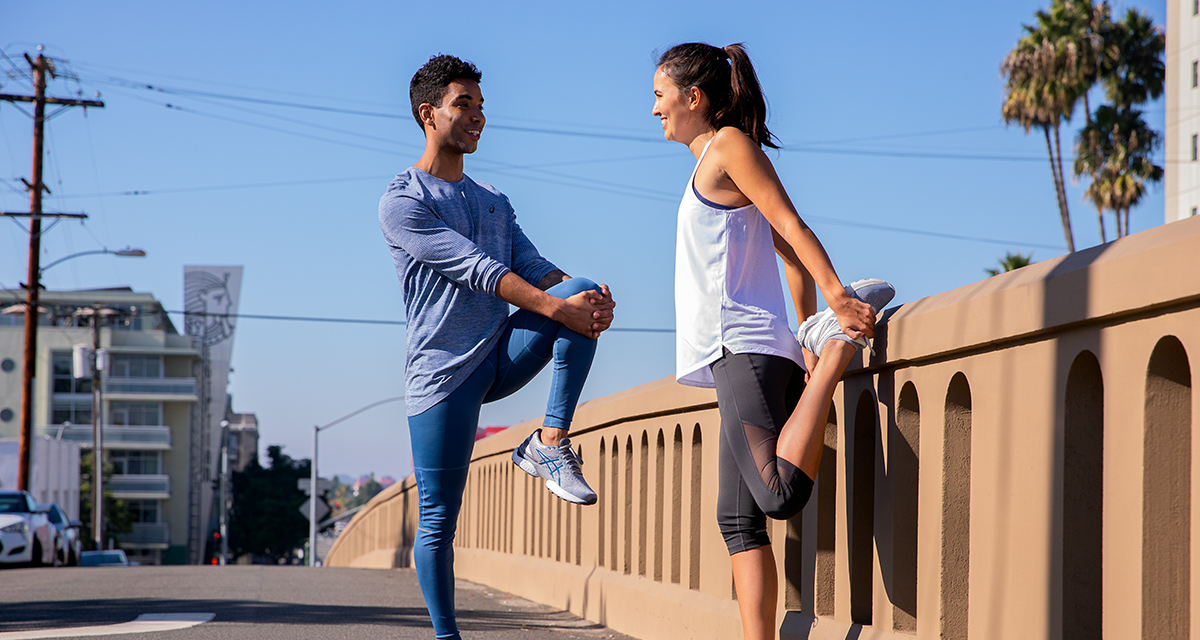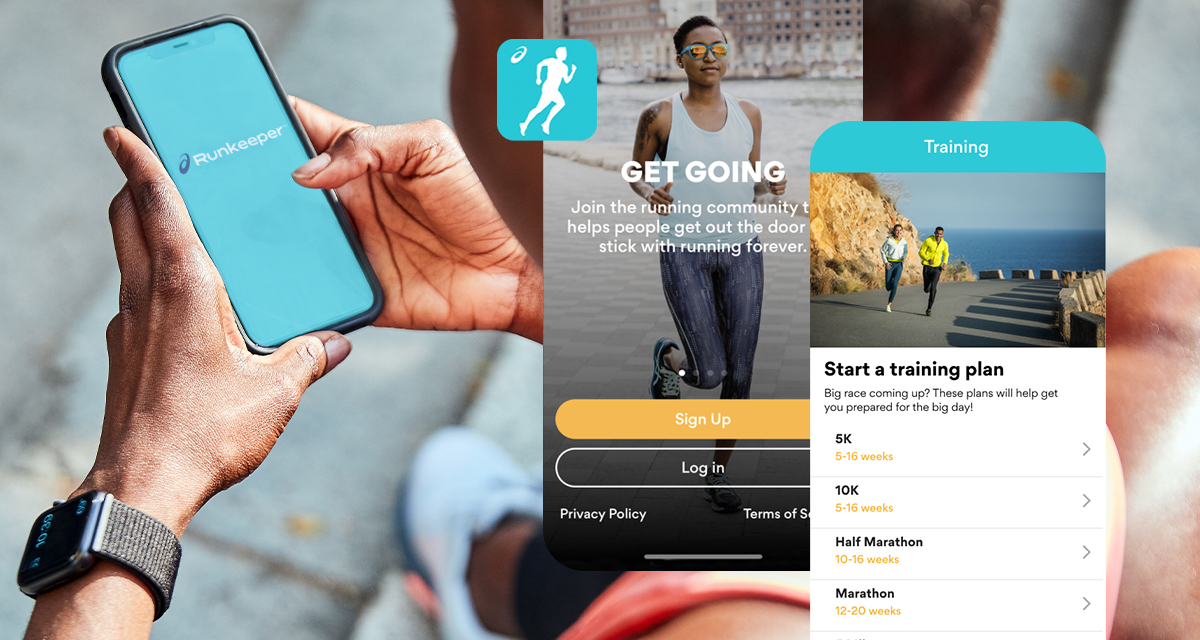You’re running along and feeling pretty good after increasing your mileage and workout intensity over the last couple of weeks. But then you begin to notice a dull ache in the front of your shins that turns into more of a pain like someone is taking a hammer to your shins during or after a run. If this is the case, you might have shin splints.
Shin splints, or medial tibial stress syndrome, refer to pain at the front of the shin after repeatedly loading and stressing the shin bone. It usually is felt in the bottom third of the lower leg and can be worse during or after running.
Usually, shin splints develop after increasing the volume and intensity of exercise without a proper training regimen or progression. While it might start as an annoying dull ache at the front of the shin, if left unchecked it can quickly progress to a more hard-to-ignore sharp or pounding pain and a more serious injury like a stress fracture.
To avoid going down that path, listen to your body. If the shins start to make some noise, take note: your body is telling you to make adjustments.
Shin splints occur when the tissue at the front of the lower leg tugs at its attachment site along the shin bone. Weakness or overuse of the lower leg and calf can contribute to chronic inflammation and microtears. Pounding pavement, weakness in the hip or ankles, and chronic tightness of the calf musculature contributing to limited ankle mobility may all be to blame.
So what can you do to stop this nagging pain in its tracks and keep on running?
- Take a break. Unfortunately, repeatedly stressing the inflamed tissue will only make the situation worse. Ice your shins if they are painful (15 minutes at least twice a day) and take a short break from any running or jumping activities.
- Stretch the calf musculature. You’ll want to do deep calf stretches, which means hanging your heel off of a step or doing a lunge stretch for a couple of rounds with the knee bent and a couple of rounds with the knee straight every day. Bending versus straightening the knee helps target different muscles, so be sure to do both and hold each stretch for at least 30 seconds.
- Strengthen the calf musculature. Try eccentric heel raises. I like the “two up, one down” technique. While you’re on a step (hold onto something for balance), go up on both your toes so that you’re standing on tiptoes, then slowly lower with the affected side only. So, go up on both toes, take one foot away while on your toes, and lower down on just one side. Repeat this for two to three sets of ten. Make sure you are descending slowly and with control. Read more: How to Avoid Common Running Injuries
- Modify. Have you been running in the same sneakers for years? Your sneakers might not be the right ones for you. Or maybe they just need to be replaced. Try going for a more supportive sneaker. Or maybe you are running on hard pavement all the time? See if you can switch your runs to softer turf, such as a dirt path instead of concrete. Lastly, adjust the amount you are running, or be sure to stretch before and after each run.
- Foam roll it out. While the evidence around foam rolling is not conclusive, many runners swear by foam rolling the calf musculature and even the shin musculature for reduced tension and some much-needed muscle relief. Read more: At-Home Recovery Essentials for Runners.
As with so many roadblocks in running, the key is patience and awareness. Listen to your body, address your aches and pains appropriately, and get back on the road in no time.
Please note: This blog is not intended to be a substitute for professional medical advice, diagnosis, or treatment. Always seek the advice of your physician or other qualified health provider with any questions you may have regarding a medical condition.




